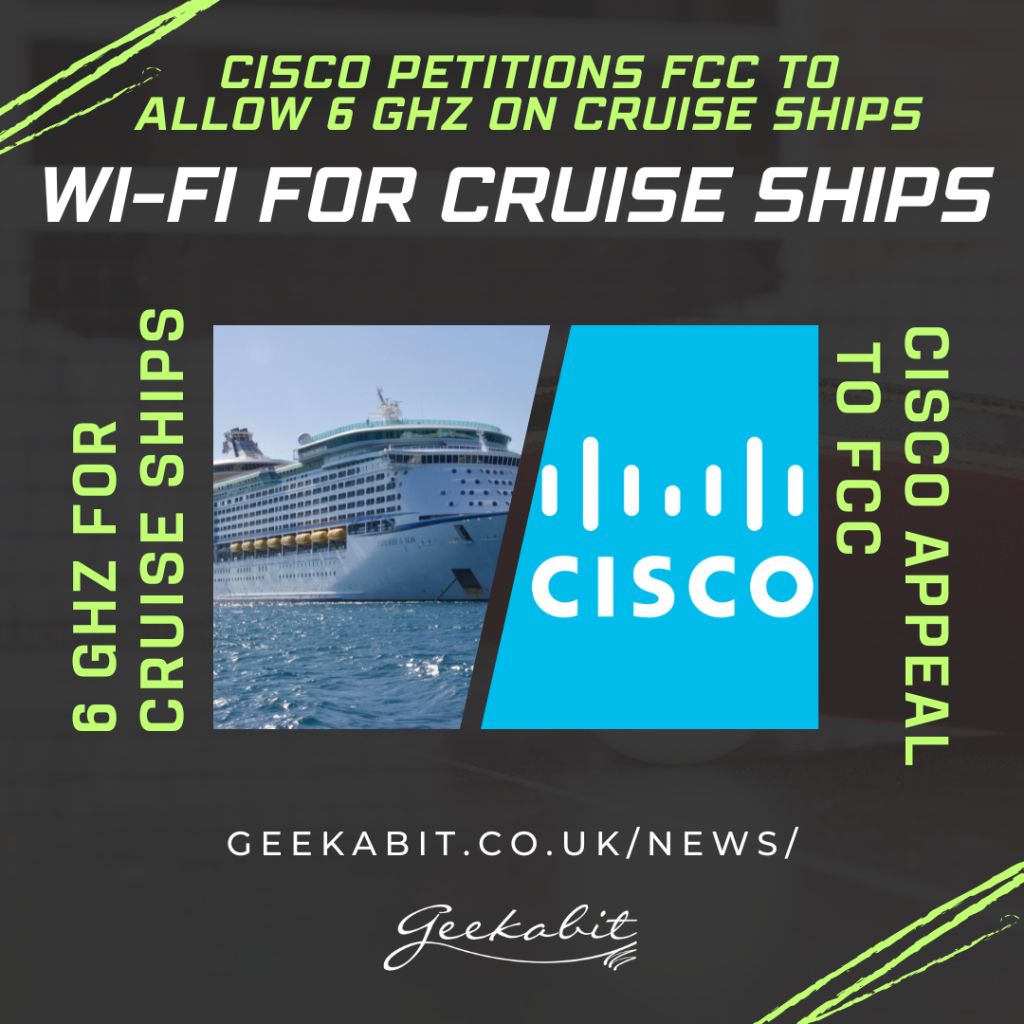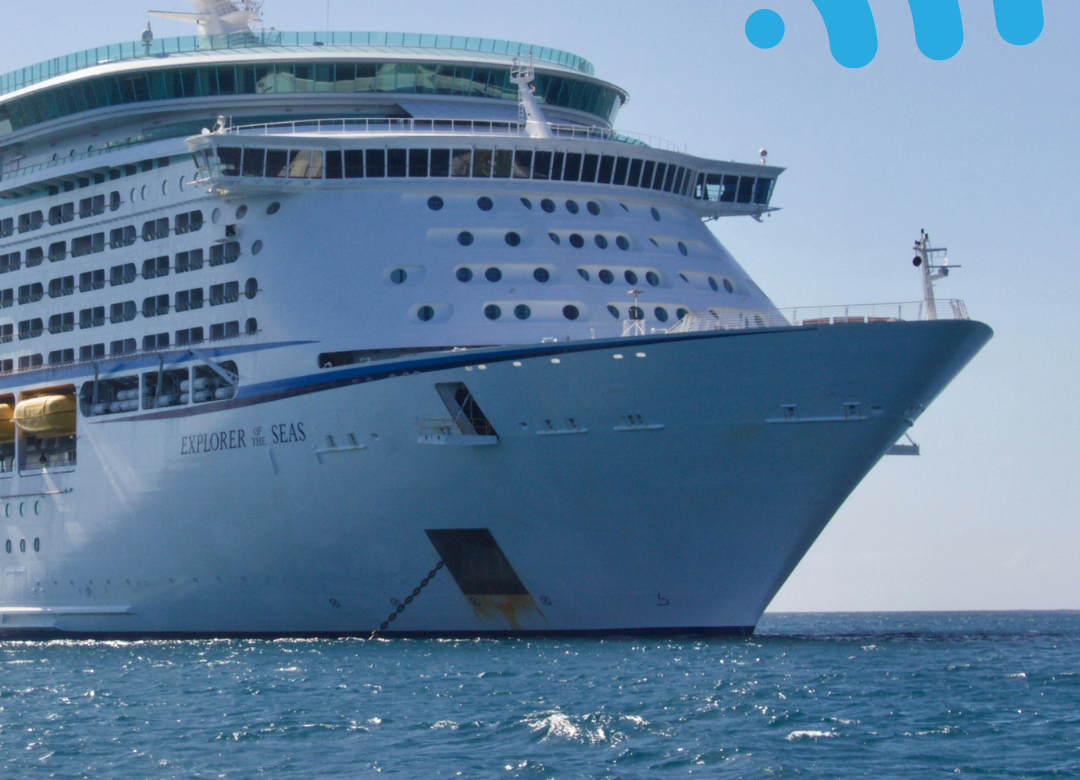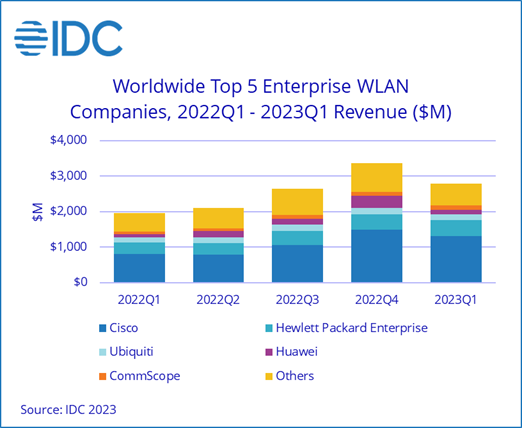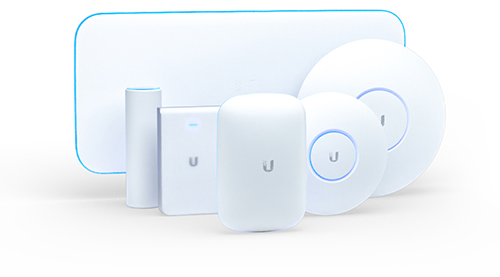
A new presentation from worldwide technology leader Cisco is appealing to the Federal Communications Commission to allow 6 GHz low-power indoor Wi-Fi operations aboard cruise ships. You can read their petition in full here.
The Federal Communications Commission (FCC) is an independent agency of the United States government that regulates interstate and international communications by radio, television, wire, satellite, and cable. It plays a crucial role in managing the nation’s communications infrastructure and ensuring fair competition, public safety, and media responsibility.
Cisco and the FCC met last week where Cisco delivered their presentation appealing for 6 GHz to be allowed on cruise ships.
In their report, Cisco say that 19 million passengers per year are transported by the cruise industry in the US, and growing at a rate of 4.5% every year.
Why is the 6 GHz Band Not Allowed on Ships?
6 GHz was originally prohibited on ships in order to protect EESS remote sensing measurements across the oceans.
EESS stands for Electrical Energy Storage System. It’s a technology that captures and stores electrical energy for later use, like a rechargeable battery. These systems are important for ensuring reliable power supply.
However, EESS has now moved away from the 6 GHz band, making the restriction redundant.
Back in 2023, the World Radiocommunication Conference decided to migrate EESS ocean sensing operations out of the 6 GHz band, making the original 6 GHz prohibition obsolete.
EESS operations are to transition to 4200-4400 MHz and 8400-8500 MHz frequency bands. This allocation of a new frequency has meant that there is already support for lifting the prohibition on unlicensed operations. There is a clear legal framework that enables the targeted Wi-Fi exemption for cruise ships.
There are existing statutory definitions that the FCC can rely on that distinguish cruise ships from other types of boats and vessels. For example:
- Cruise ships must be over 100 gross tons in weight, 200 feet in length, carrying more than 12 passengers.
- Vessels must travel defined routes lasting over 24 hours on high seas, embarking passengers in U.S. territories.
- Charter vessels and tour vessels must weigh less than 100 tons gross, making them statutorily distinct.
- Cruise ships include multiple decks, restaurants, bars, spas, casinos, resembling hotels more than boats.
Why is 6 GHz Connectivity Needed on Cruise Ships Out at Sea?
Whether you are a seasoned cruise ship guest or have never cruised out on the open ocean, you might question the necessity of needing connectivity when you’re not in port.
Allowing 6 GHz Wi-Fi whilst out at sea not only enhances the cruise experience for guests but also provides reliable connectivity to support critical ship operations.
6 GHz Connectivity for Guest Services on Cruise Ships
They might be on holiday but passengers are likely to still want to stay connected. Let’s face it, we tend to feel a bit lost when we don’t have a reliable connection at our fingertips. Cruise ship passengers will still want the opportunity to:
- Stream movies from ship data centers
- Experience AR/VR for gaming
- Rely on a connection for dining and retail purposes
- Access advisories
- Communicate via the ship’s app
- Make Wi-Fi calls
Any business in the hospitality industry strives for the best possible guest experience. Wi-Fi is a huge part of that, whether you’re on land or out at sea.
A weak, poor or non-existent Wi-Fi performance at sea will affect promenade, pool, coffee shops, and other on-board guest services.
Reliable 6 GHz Connectivity for Ship Operations
Cruise ship guests might be on holiday but the crew members are not. Those that work on cruise ships will rely on a strong, reliable connection for a range of things. 6 GHz will provide Wi-Fi connectivity to facilitate:
- Real-time access to navigational data and weather forecasts via Wi-Fi
- Sensors to monitor engines, ship systems, facilities, and security applications
- Communication between cruise ships, port authorities, crew members, and passengers
Over 4,000 access points are deployed throughout cruise ship hallways, ceilings and cabins to help support all of the above for both guest services and ship operations.
Allowing the 6 GHz band on cruise ships will enable wider channels for optimizing operations and the avoidance of excessive collisions.
Why is Cisco Interested in Cruise Ship Connectivity?
Perhaps you’re wondering why Cisco is bothering to petition this?
Well connectivity in the cruise industry actually has the potential to be big business. The network on a cruise ship typically:
- Has 4000 Access Points
- Supports more than 10,000 Wi-Fi devices
- Provides connectivity for ship operations
Cruise ships are quite literally packed with guests, and whilst they might well be trying to escape what’s back home, no one can resist sharing that sunset selfie from their cabin window with the open ocean at their back.
Cisco has a point and we’d agree that it is important to deliver the right high density connectivity onboard sea vessels.
In the US alone, the cruise industry is worth $3.7 billion.
6 GHz Wi-Fi on Cruise Ships
So if you’re a regular cruise ship passenger or you’re considering becoming a cruise ship guest in the future, you might just find yourself well connected via 6 GHz whilst on your travels thanks to Cisco.
Wi-Fi whilst out on the open sea? Yes please.



